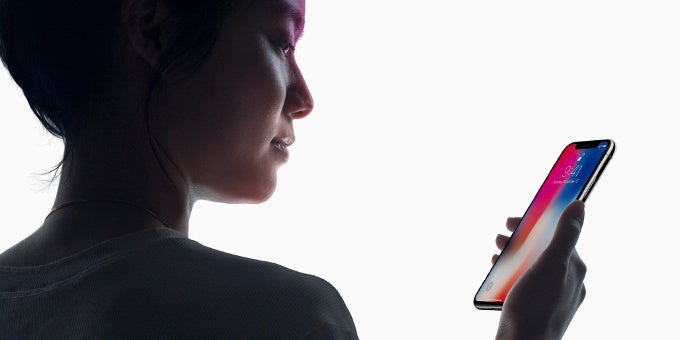Apple reduced accuracy of key Face ID component in order to have iPhone X on time

Apple's iPhone X security relies hugely on a brand new feature that has never before been put in a phone: 3D face recognition, or Face ID. An array of complex sensors projects more than 30,000 infrared dots onto a person's face to create a detailed 3D facial map. Apple proudly said the probability of someone else unlocking an iPhone with Face ID is 1 in 1,000,000, much more secure than the 1 in 50,000 chance with Touch ID fingerprint recognition.
But when it came to actually making the iPhone X on time and the tight deadlines, Apple was about to stumble badly.
In order to fix dire supply chain issues, Apple has allegedly quietly told suppliers they can reduce the accuracy of Face ID to make it easier to manufacture, according to a report by Bloomberg.
The "solution" came as November 3rd, the official iPhone X launch date looms closer. And some analysts claim that even with this reduced quality of Face ID recognition, Apple will only have 2 to 3 million phones on launch day, and between 25 and 35 million for the traditionally strong holiday quarter. Initially, those estimates stood at 40 million, but supply chain difficulties brought them down.

Face ID technology, image courtesy of Bloomberg
The 3D Face ID sensor consists of three key elements: a dot projector, flood illuminator and infrared camera. The flood illuminator fires infrared light, illuminating the face, and the camera uses that light to recognize a face. The dot projector then flashes 30,000 dots on the face and the light that is bounced back is used to determine whether the pattern matches an already registered face. It is this dot projector at the third stage of Face ID that is creating trouble for Apple's production. Manufacturing it requires great precision between the dot projector itself and the glass lens on top of it, and even a micron of a difference could cause inaccurate results.
This current report says that at some point in the manufacturing, the technology was so hard to make that only 20% of what was being rolled off the production line actually worked. LG and Sharp were tasked to make the innovative projector. LG Innotek has recently just confirmed that mass production is just beginning
"That technology is something we have been looking at for five years. We had prototypes that were this big," Apple chief designer Jony Ive said earlier referring to around a foot-long prototype.
To ease all of those worries, Apple has relaxed requirements for the new technology and it is not yet clear whether and/or how this will affect the quality of the face scans.
We have seen Apple struggling making enough devices in the past as well: the AirPods are one clear example, but also some iPhone colors like Jet Black and some Apple Watch models, but it's the first time that Apple is expected to have such a setback on a hugely important model in its most important quarter of the year.
source: Bloomberg










Things that are NOT allowed: